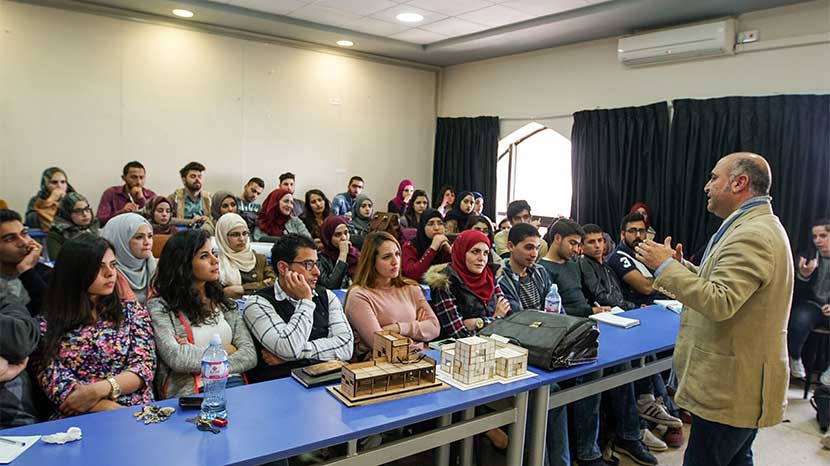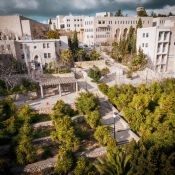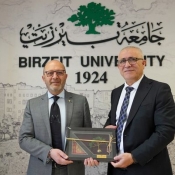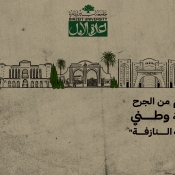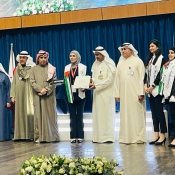Lecture reinterprets urban changes in Gaza
Sociology professor at Birzeit University Abaher Sakka reinterpreted socio-urban and architectural changes in Gaza under British colonialism (1920-1948), in a lecture organized by the Architectural Engineering Department at Birzeit University.
Sakka said that archeological studies have proven that Gaza is one of the most ancient cities in the region. Many buildings and archeological sites have been discovered there. He referenced the historical relationship between Gaza and tunnels (today many of them leading to Egypt) based on the topographic nature of the city.
"The Ottomans decision to transfer Gaza into the line of war has affected the urban map of the city. This decision has made thousands of families immigrate," he noted.
Speaking about the occupation, Sakka said that Britain destroyed a large number of archeological sites in the city. This explains the lack of architectural heritage in Gaza, and the spread of western architecture, including external urban planning that makes the movement of soldiers and militaries easier.
Sakka emphasized that the British occupation reduced the city's space based on its own strategy and interests. However, many immigrants returned to their homeland in Gaza, which led to a gradual expansion of the city's boundaries.

